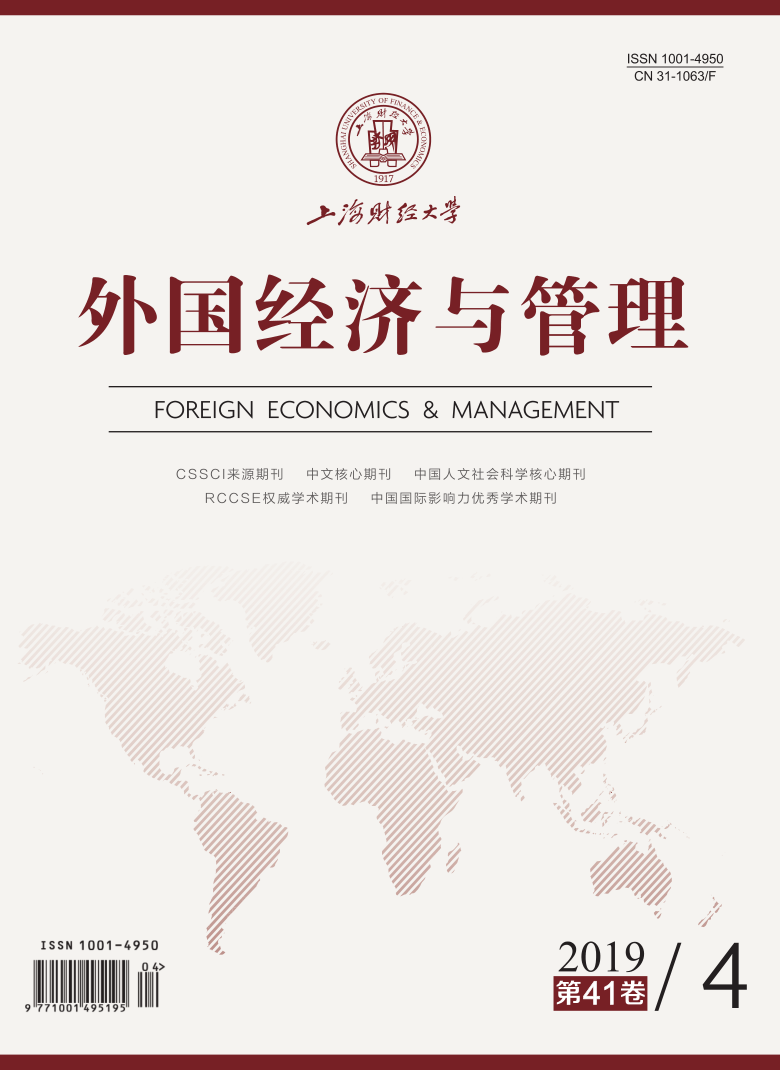R&D investment is the material basis and resource guarantee of enterprise innovation activities, which is beneficial to enterprises to build competitive advantages and obtain sustainable growth abilities. As the core of the corporate governance mechanism, the board of directors plays a dual function of service and supervision in the decision-making of R&D investment. The friendly CEO-board relationship facilitates the exchange of information between the CEO and the board members, which will undoubtedly have an important impact on the board’s role and R&D investment. Based on the above background, this paper conducts theoretical and empirical studies with the dynamic perspective of dual board functions (advisory and supervisory functions) based on the corporate life cycle. It analyzes the relationship among CEO-board connections, board functions and R&D investment. This study is conducted in three phases: Firstly, it explores the relationship between CEO-board relationship and R&D investment, and the mediating role of board functions. Secondly, it introduces the board advisory function and supervision function, and probes into the intermediary function of the board function between CEO-board connections and R&D investment. Thirdly, the impact mechanism in different life cycles may be different. Therefore, this paper introduces the enterprise life cycle into the relationship between board functions and R&D investment to examine its role in this relationship. Taking domestic high-tech listed firms as the research sample, this paper analyzes how and when CEO-director connections affect R&D investment. The results show that CEO-board connections can improve R&D investment, in which the service function of the board plays partial mediating function. For mature firms, the board advisory function has less positive impacts on R&D investment. At the same time, empirical results show that friendly CEO-director connections do not weaken the supervision of the board of directors, nor do they diminish R&D investment. This helps to reconcile the paradoxical conflict between the advisory function and the supervisory function in the process of board operation, and provide a reference for enterprises to carry out effective innovation activities.
 / Journals / Foreign Economics & Management
/ Journals / Foreign Economics & ManagementForeign Economics & Management
JIN Yuying, Editor-in-Chief
ZhengChunrong, Vice Executive Editor-in-Chief
YinHuifang HeXiaogang LiuJianguo, Vice Editor-in-Chief
How do CEO-Director Connections Affect R&D Investment?
Foreign Economics & Management Vol. 41, Issue 04, pp. 126 - 138 (2019) DOI:10.16538/j.cnki.fem.2019.04.010
Summary
References
Summary
[1] Gong Huifeng,Mao Ning. Advisory directors, monitoring directors and board governance effectiveness[J]. Journal of Management Sciences in China, 2014, 17(2):81-94.
[2] Li Weian, Li Huicong, Hao Chen. Study on the effects of executives’ share reduction and corporate governance on growth enterprises market companies’s growth, Journal of Management Science, 2013(4):1-12.
[3] Li Xiaoqin, Research on the impact of board cognitive heterogeneity to firm value, Research on Economics and Management,2012(8):14-22.
[4] Liu Hao, Tang Song, Lou Jun. Independent Directors: Oversight or Consultation? - Study on the Impact of Independent Directors in Banking Background on Corporate Credit Financing [J].Management World,2012(1):141-156.
[5] Lu Yao, Hu Jiangyan. The impact of the CEO-director hometown connection on the risk level of China’ listed companies[J]. Management World,2014(3):131-138.
[6] Wen Zhonglin, Chang Lei, Han Kit-Tai. Medianted moderator and moderated mediator[J]. Acta Psychologica Sinica,2006, 38(3):448-452.
[7] Adams R B, Ferreira D. A theory of friendly boards[J]. The Journal of Finance, 2007, 62(1): 217-250.
[8] Adams R B, Hermalin B E, Weisbach M S. The role of boards of directors in corporate governance: A conceptual framework and survey[J]. Journal of Economic Literature, 2010, 48(1): 58-107.
[9] Faleye O, Hoitash R, Hoitash U. The costs of intense board monitoring[J]. Journal of Financial Economics, 2011, 101(1): 160-181.
[10] Fich E M, Shivdasani A. Are busy boards effective monitors?[J]. The Journal of Finance, 2006, 61(2): 689-724.
[11] Garg G. Venture boards: Distinctive monitoring and implications for firm performance[J]. Academy of Management Review, 2013, 38(1): 90-108.
[12] Hillman A J, Dalziel T. Boards of directors and firm performance: Integrating agency and resource dependence perspectives[J]. Academy of Management Review, 2003, 28(3): 383-396.
[13] Kang J K, Liu W L, Low A, et al. Friendly boards and innovation[J]. Social Science Electronic Publishing, 2012, 508(7494): 118-122.
[14] Kim K, Mauldin E, Patro S. Outside directors and board advising and monitoring performance[J]. Journal of Accounting and Economics, 2014, 57(2-3): 110-131.
[15] Pfeffer J, Salancik G R. The external control of organizations: A resource dependence approach[J]. Social Science Electronic Publishing, 2003, 23(2): 123-133..
[16] Schmidt B. Costs and benefits of friendly boards during mergers and acquisitions[J]. Journal of Financial Economics, 2015, 117(2): 424-447.
Cite this article
Xu Qiang, Wang Liqin, Mao Xudong. How do CEO-Director Connections Affect R&D Investment?[J]. Foreign Economics & Management, 2019, 41(4): 126-138.
Export Citations as:
For
ISSUE COVER
RELATED ARTICLES




 9840
9840  9507
9507

